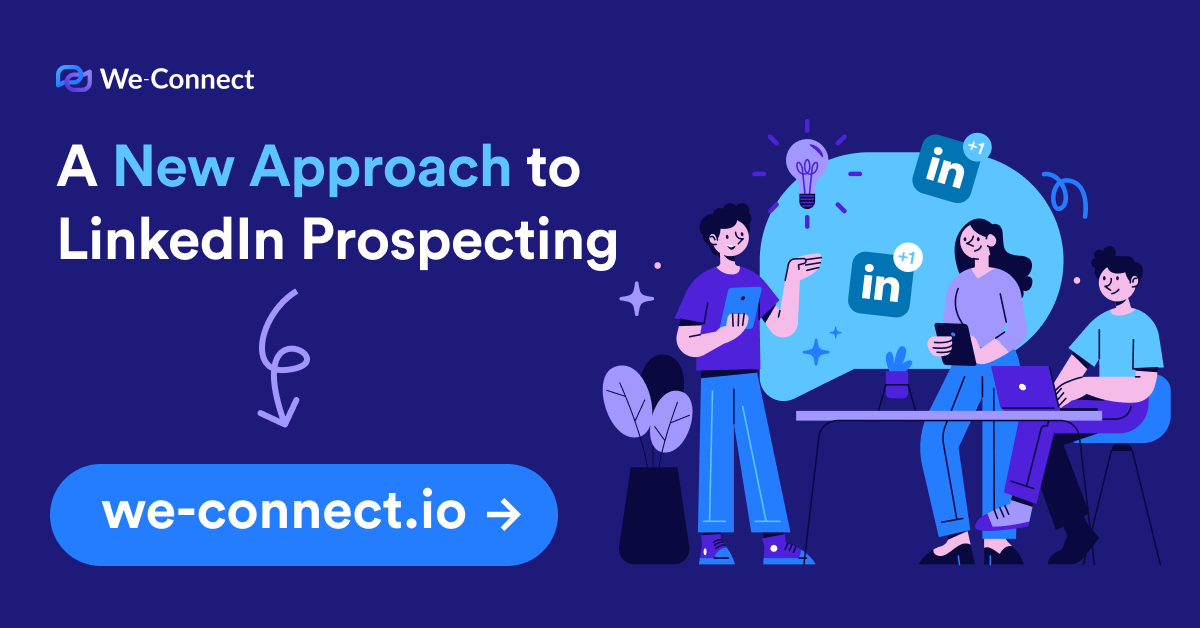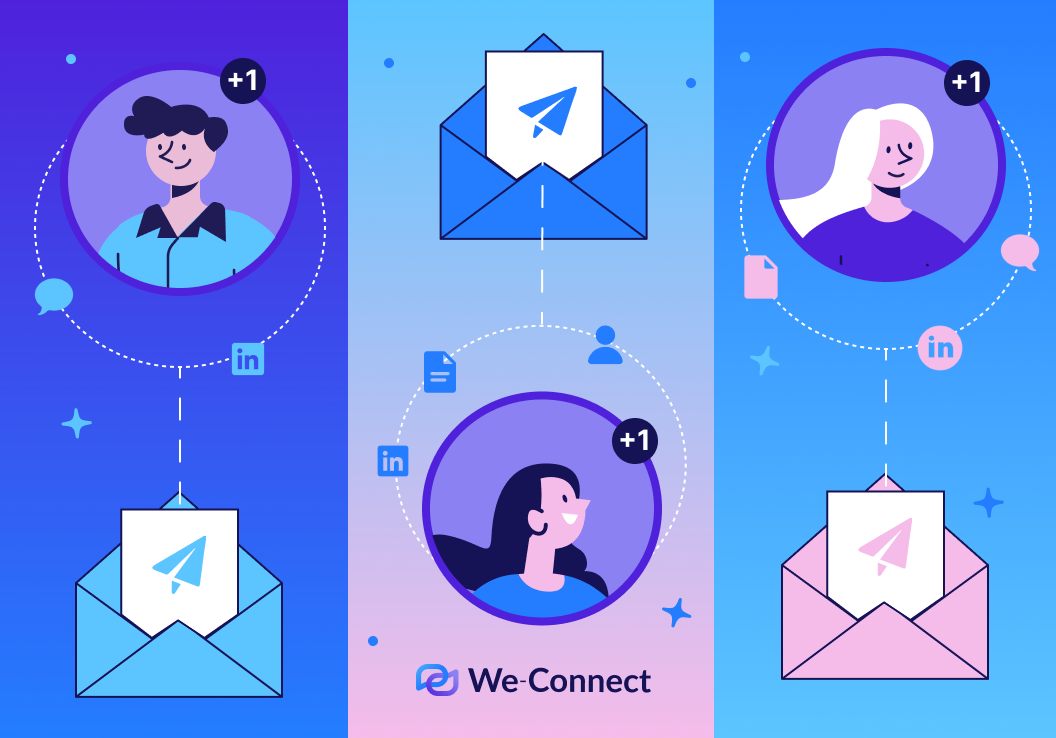Cold email outreach is a powerful tool for businesses and individuals looking to connect with potential clients, partners, or job opportunities. However, unless you want low engagement rates, you need to personalize your emails.
In this article, we will explore the importance of personalization in cold emails and provide actionable strategies (backed by data) to help you achieve maximum reply rates.
Table of Contents
Why is Personalization So Important?
Personalization is the cornerstone of effective cold email outreach. When recipients feel like the email was crafted specifically for them, they are more likely to open, read, and respond to your messages.
Let’s not forget that email service providers (ESPs) tend to flag the same email if it’s sent to hundreds of people simultaneously. That’s not the case if you’re taking the time to personalize your messages.
According to a study by Experian white label Marketing Services, personalized emails deliver six times higher transaction rates compared to non-personalized ones.
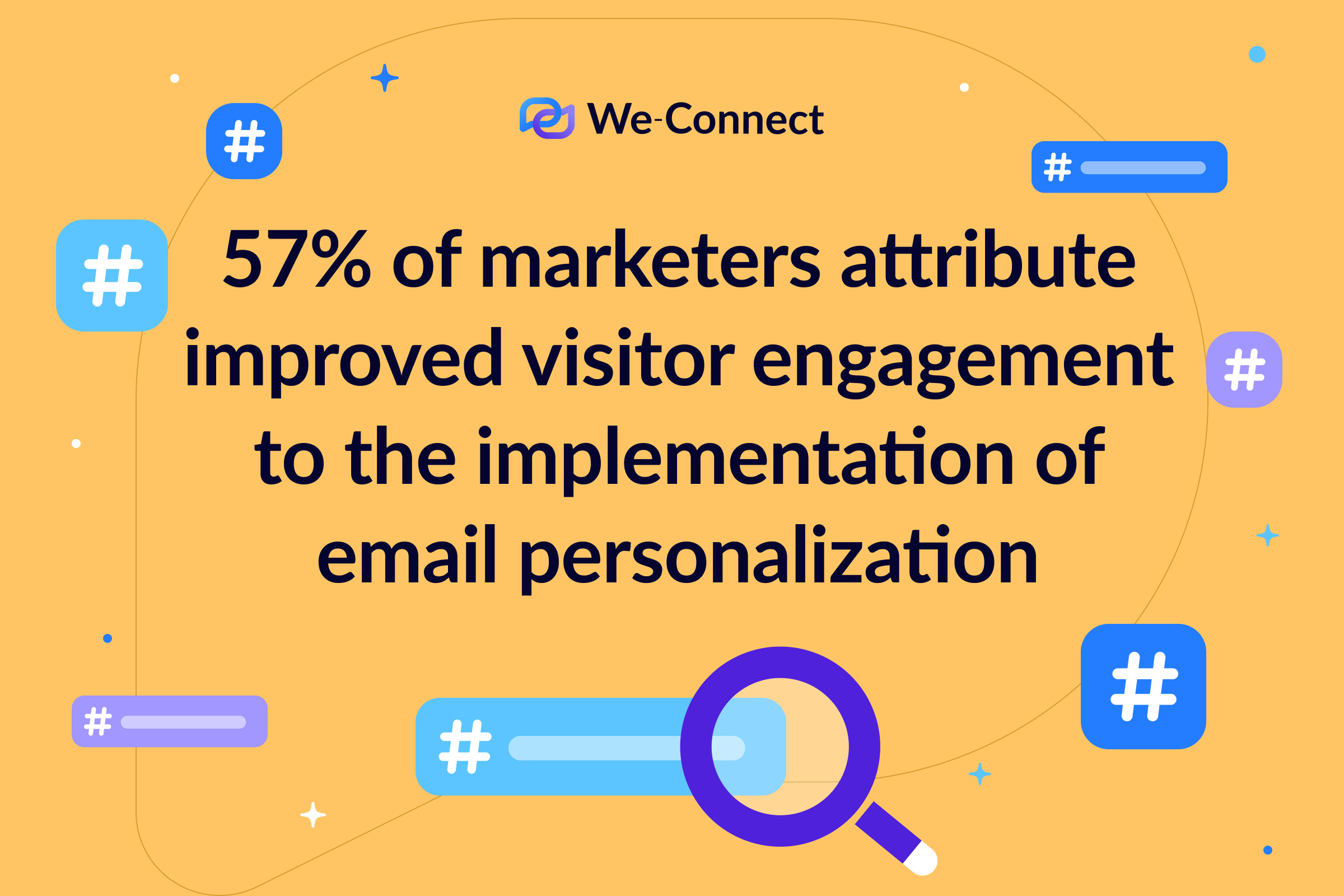
8 Ways To Personalize Your Messages at Scale
1. Segment Your Audience
Before sending out cold emails, it’s crucial to segment your audience. A study found that segmented email campaigns have a 14.31% higher open rate than non-segmented ones.
Luckily, segmentation isn’t that difficult to understand. It involves breaking up your list of leads by factors like industry, job title, location, or interests. For companies selling products, a great way to break down your audience is by technographic factors (such as where they’re engaging with your website). This allows you to tailor your messages more effectively and send content your audience actually wants.
We cover segmentation – and specific strategies you can implement into your campaigns here.
2. Use the Recipient’s Name
According to a study led by Campaign Monitor, emails with personalized subject lines are 26% more likely to be opened. A simple yet effective way to add some basic personalization is by using the recipient’s name in the subject or opening lines of your message.
However, be careful about using names excessively throughout the content of your email. This can make it look like spam, and popular email providers (we’re talking about you, Google) will mark it as spam.
The recipient name is a simple variable you can insert directly into your templates. Find 15 creative email marketing templates here.
3. Do Your Research & Relate
If you’re prospecting, your leads want you to be knowledgeable. Sometimes, that means being knowledgeable about their company and role. To highlight your knowledge, incorporate specific details about the recipient’s company, achievements, or recent news relevant to their industry.
For example, say you’re reaching out to leads who are looking for a data analytics tool to simplify their data management. Sure, you can reach out to them with a general templated approach, but a more engaging way to do this is to learn about their company and role to inform your sales tactics.
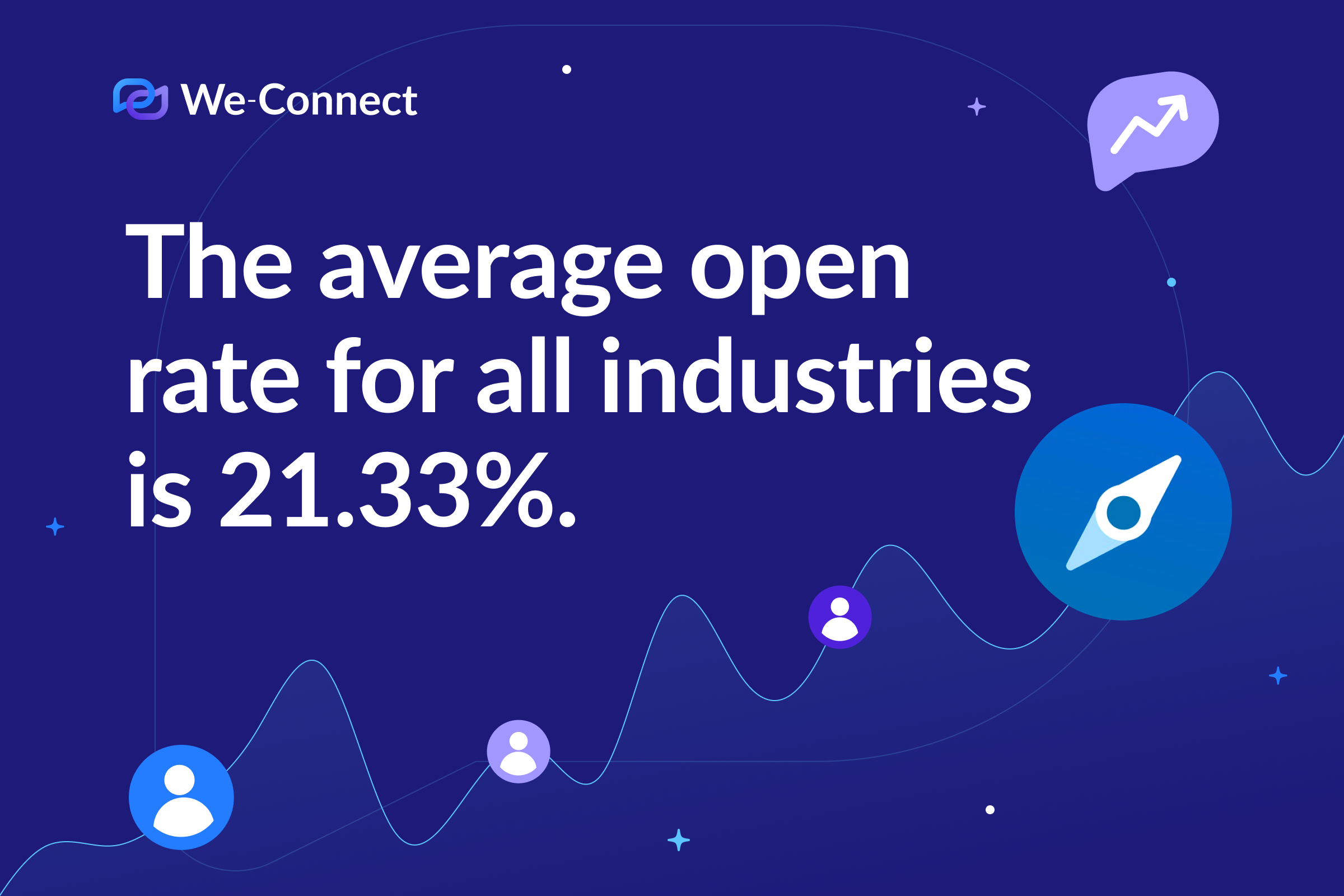
4. Use Trigger Events
When your business experiences a trigger event, it can be a great opportunity to reach out to potential customers with a personalized cold email. What are trigger events, you ask? Trigger events can include a variety of things, such as launching a new product or service, expanding or relocating, merging or acquiring a company, receiving funding, attending industry events, winning awards, or hiring a new employee.
Trigger events can also refer to specific actions users take on your site. For example, if a customer adds an item to their cart but doesn’t purchase it right away, you could automate an email nudging them to purchase your product before it runs out of stock.
5. Share Relevant Content
If you’re in any lead-gen spaces, you’ll hear a lot of talk about value. That’s because one of the best ways to establish yourself as a legit salesperson is by providing value to your leads. That’s where content comes in.
We recommend sharing all different types of content to see what resonates with your audience. Maybe they enjoy long-form blog posts, or maybe they prefer a video guide. No matter what you’re offering, ensure the content you’re providing is detailed, valuable, and not the same surface-level stuff they can find anywhere.
Be careful about sharing too many attachments or links. If you’re mass messaging links, you can end up in the spam jail.
6. A/B Testing for Optimization
Sometimes your email campaigns will flop. It’s disheartening, and something that you want to make sure is a one-time event. To prevent this from happening regularly, we recommend A/B testing certain elements in your email to see what’s most effective.
Split testing works best for subject lines, email copy, and call-to-action buttons. You can learn a lot from split testing. Specifically, you can learn about the type of language that connects with your audience. Based on your findings, you can also draw conclusions on how to segment your audience.
According to a study from HubSpot, A/B testing can lead to a 49% increase in open rates.
Learn more about split testing and how it works with LinkedIn messaging and cold email.
7. Mention Their Competitors
When you’re reaching out to potential customers, it can be effective to mention that their competitors are already benefiting from your product or service. Of course, this approach only works if it’s actually true!
Mentioning a company’s competitors leverages social proof – which has slowly become one of the best ways to prospect in recent years. It builds credibility in your pitch, and if the lead is trying to edge out their competitors, it can be persuasive as well. If you’re going this route, we recommend taking it one step further and include testimonials from those very competitors to give your pitch that extra boost.
By highlighting your lead’s competitors, you show that your tool is useful in that niche.
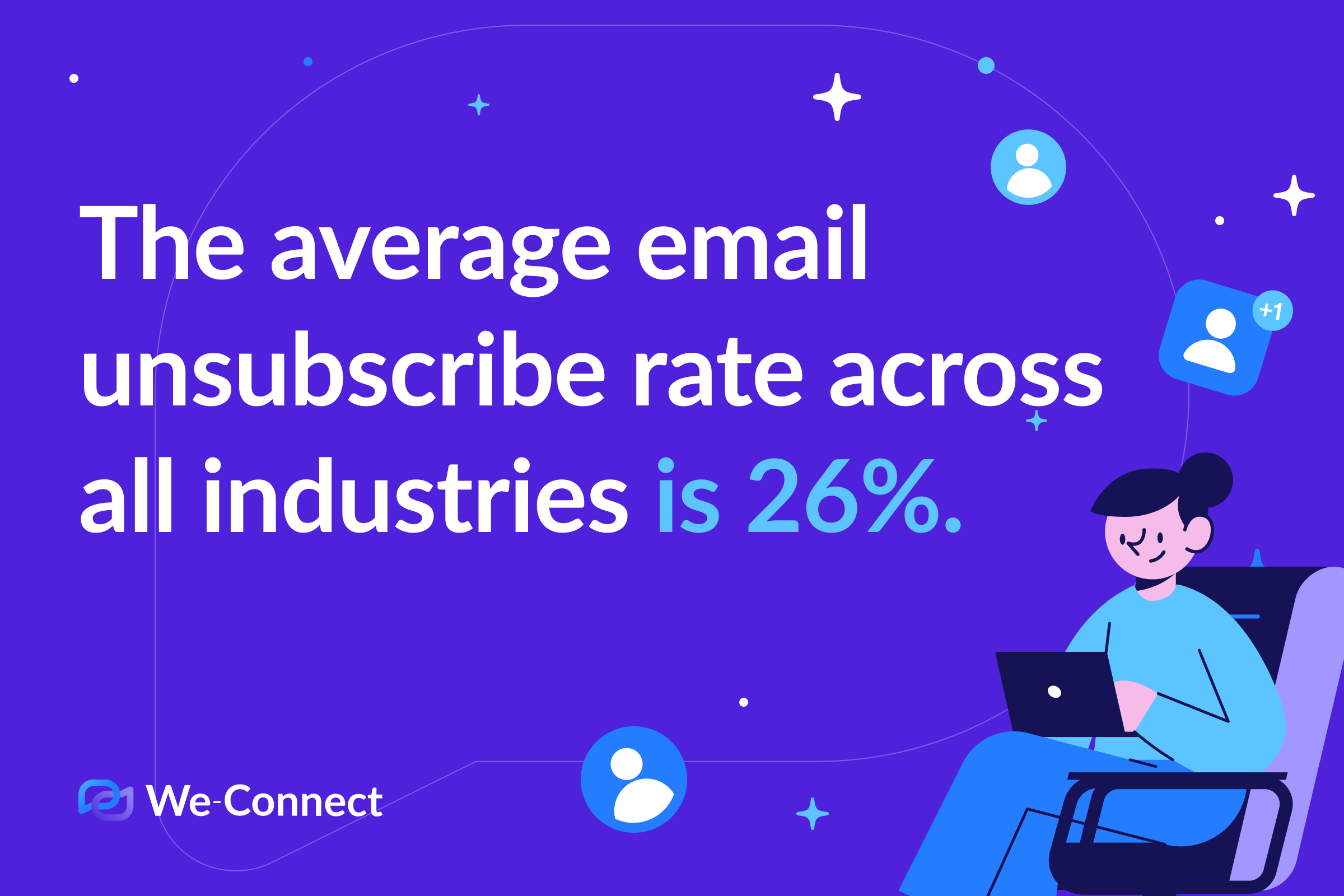
8. Use Compliments as Persuasion
Everyone loves to be complimented. Giving your leads some attention with compliments is a great way to get their attention and start building a relationship. The best part is that it doesn’t cost you anything and can still prove meaningful results.
To make your praise more meaningful, try to highlight specific accomplishments about your leads. These can be awards they’ve won, blogs they’ve posted, company milestones, or anything that you admire about them.
If you’re going this route, we have a few tips. First, keep it professional – nobody wants creepy compliments in their inbox. Second, make it genuine. People will know if you’re sending compliments that you haven’t thought about.
Whatever you’re doing, don’t forget to follow-up! More than half of sellers never follow-up with leads which negatively impacts your closing rate!
FAQ
A useful technique for personalizing emails in bulk is to use variables. Variables allow you to add personalized data to your emails, like the recipient’s name or company, by extracting the information from a database like their LinkedIn account. You can perform this task manually or by utilizing cold emailing software like We-Connect, which features variable functions to simplify your email marketing.
Dividing your audience into smaller groups based on shared characteristics or demographics is known as email segmentation. Email personalization is when you tailor the content of your message to individual recipients according to their unique characteristics.
At the most basic level, you can personalize your email campaigns by including your contact’s name, company, and job title. To take things to the next level, segment your audience by interests or demographics and create content specific to each audience segment. There are endless ways to personalize data in emails marketing – it’s all about creativity.
Conclusion
Personalization is the key to achieving maximum reply rates in cold email outreach. By segmenting your audience, using the recipient’s name, mentioning specific details, and providing relevant content, you can create compelling emails that resonate with your prospects.
Remember to test and refine your approach continuously, and you’ll see improved results in your cold email campaigns. With these personalized strategies backed by data and research, you can increase your chances of building meaningful connections and achieving your outreach goals.
